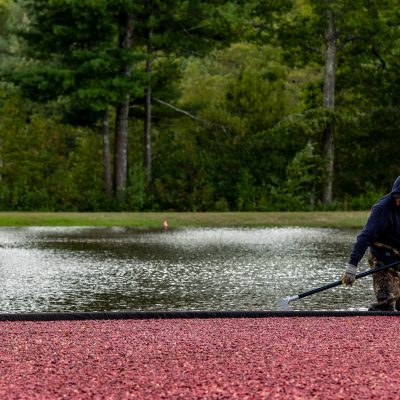
Cranberries are a thriving industry in Massachusetts, where they have been cultivated for centuries. On USSA’s recent press trip to the state, UK journalist Sian Yates visited Oiva Hannula & Sons to take a closer look at how these crimson berries are grown and harvested.
Read more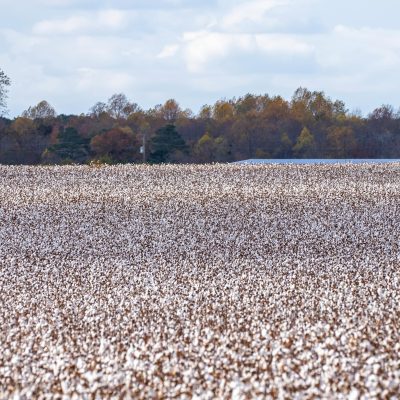
The U.S. Cotton Trust Protocol, the leading program for responsibly grown U.S. cotton, has published its latest annual report highlighting increased membership and significant sustainability progress against a 2015 baseline.
Read more
Historical hourly weather data has given researchers a clearer picture of climate trends in the U.S.
Read more
As rising temperatures, unpredictable rainfall and more frequent and prolonged droughts create uncertainty for farmers and threaten agricultural yields, precision irrigation offers a “science-driven solution” for sustainably feeding a growing population.
Read more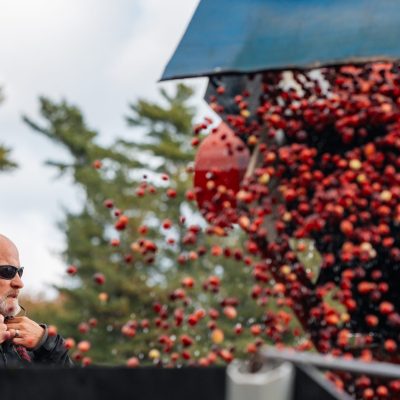
Eight journalists. Five days. Fourteen operations. That is a snapshot of the recent U.S. Sustainability Alliance press trip to Maine and Massachusetts.
Read more
New England in the fall was the backdrop for the U.S. Sustainability Alliance’s recent press trip – a collaboration with Food Export-Northeast, one of our founding members.
Read more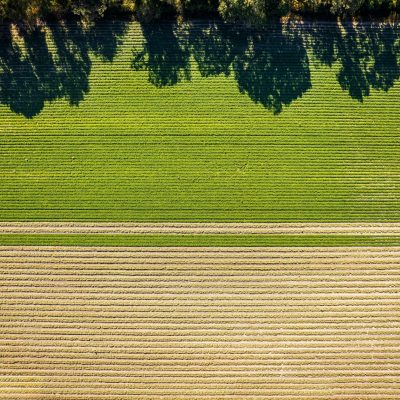
Global agricultural productivity growth – producing more output with the same or fewer inputs - has reached a plateau, finds a new report, hampering the world’s ability to sustainably feed a growing population.
Read more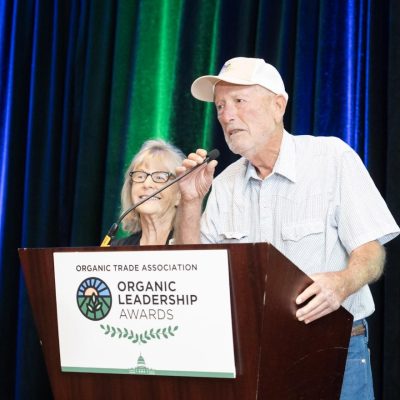
Chris and Marcie Baugher, the owners of Baugher Ranch Organics in Northern California, have been named the 2025 Organic Farmers of the Year.
Read more
In Jackson County, northeast Arkansas, a legacy of sustainable agriculture has endured for five generations.
Read more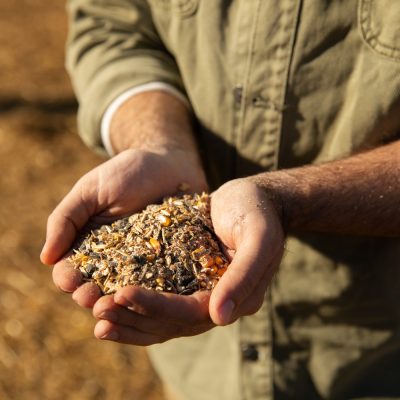
In 2024, exports from the U.S. animal feed industry reached $11.6 billion, with volumes increasing by 8% from the previous year to 21.4 million metric tons.
Read more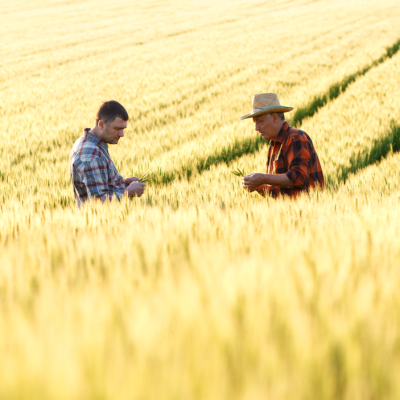
Field to Market: The Alliance for Sustainable Agriculture® has received a two-year grant of $700,000 from the Walton Family Foundation.
Read more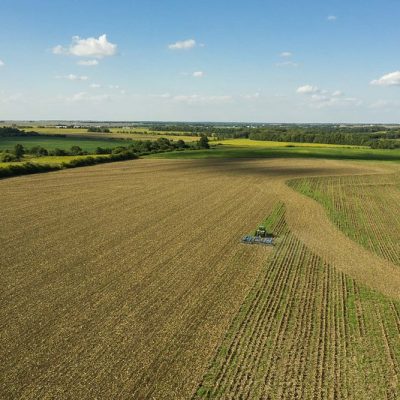
Amid shifting political and global dynamics, how do U.S. soybeans perform on the world stage? A new article in Illinois Field & Bean, by the Illinois Soybean Association, explores the advantages that American soybeans offer over their closest rivals.
Read more